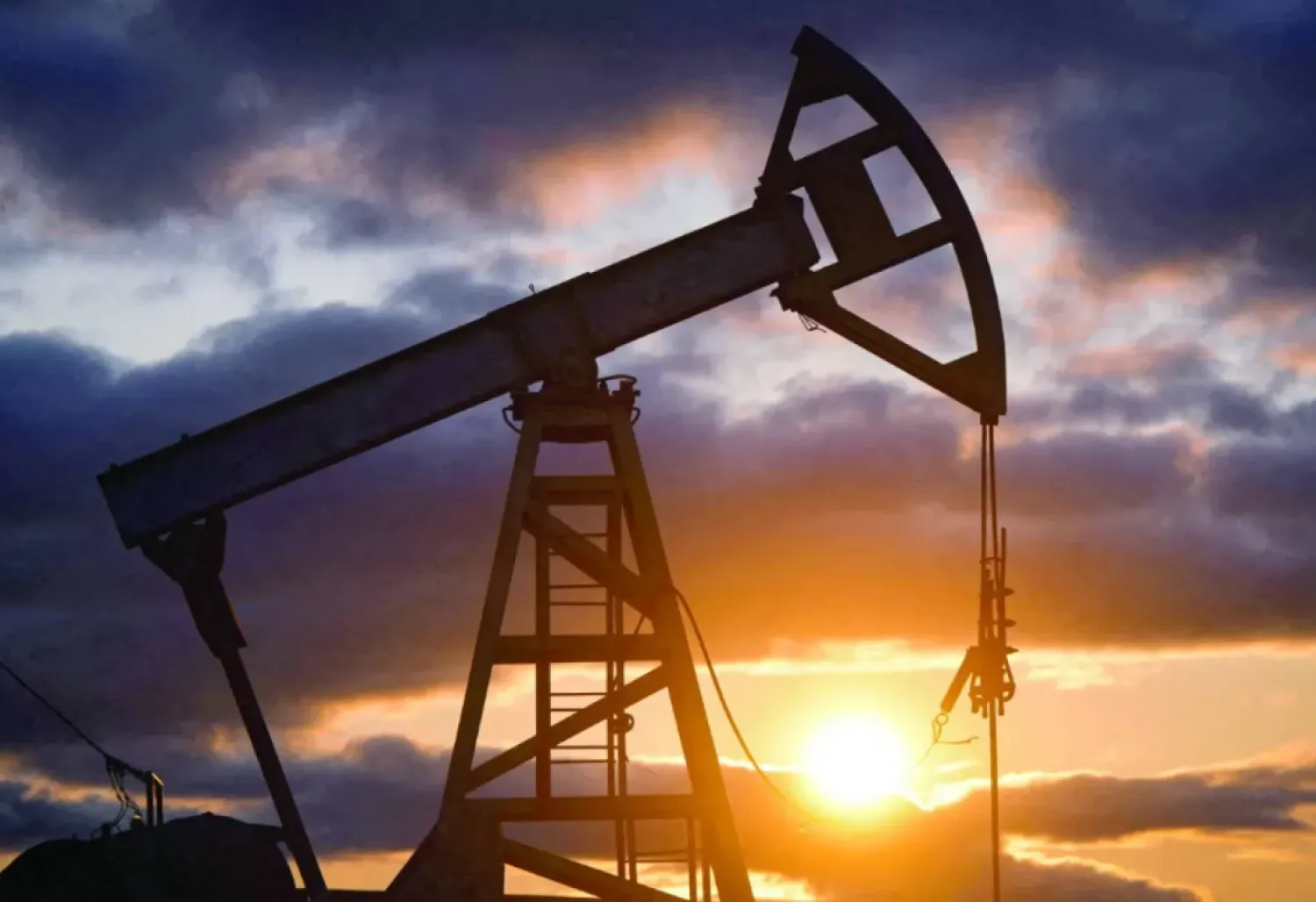Oil prices rose on Thursday after Israel and Iran continued to exchange missile attacks overnight and US President Donald Trump's stance on the conflict kept investors on edge.
Brent crude futures rose 36 cents, or 0.5%, to $77.06 a barrel by 0913 GMT. US West Texas Intermediate crude for July was up 54 cents, or 0.7%, at $75.68. Brent had surged to its highest in nearly five months at $78.50 on June 13, when Israel began its attacks. The conflict entered its seventh day on Thursday after Israel struck a key Iranian nuclear site and Iranian missiles hit an Israeli hospital, Reuters said.
There is still a "healthy risk premium baked into the price as traders wait to see whether the next stage of the Israel-Iran conflict is a US strike or peace talks", said Tony Sycamore, analyst at trading platform IG.
Goldman Sachs said on Wednesday that a geopolitical risk premium of about $10 a barrel is justified, given lower Iranian supply and risk of wider disruption that could push Brent crude above $90.
President Trump told reporters on Wednesday that he had yet to decide whether the US will join Israel in its attacks on Iran.
As a result of the unpredictability that has long characterized Trump's foreign policy, "markets remain jittery, awaiting firmer signals that could influence global oil supply and regional stability" said Priyanka Sachdeva, analyst at Phillip Nova.
The risk of major energy disruption will rise if Iran feels existentially threatened, and US entry into the conflict could trigger direct attacks on tankers and energy infrastructure, said RBC Capital analyst Helima Croft.
Iran is the third-largest producer among members of the Organization of the Petroleum Exporting Countries, extracting about 3.3 million barrels per day (bpd) of crude oil.
About 18 million to 21 million bpd of oil and oil products move through the Strait of Hormuz along Iran's southern coast and there is widespread concern the fighting could disrupt trade flows.
Separately, the US Federal Reserve kept interest rates steady on Wednesday but penciled in two cuts by the end of the year. Lower interest rates could stimulate the economy, helping to support demand for oil. On the supply side, US crude stockpiles fell sharply last week, registering the largest decline in a year, the Energy Information Administration said on Wednesday.









